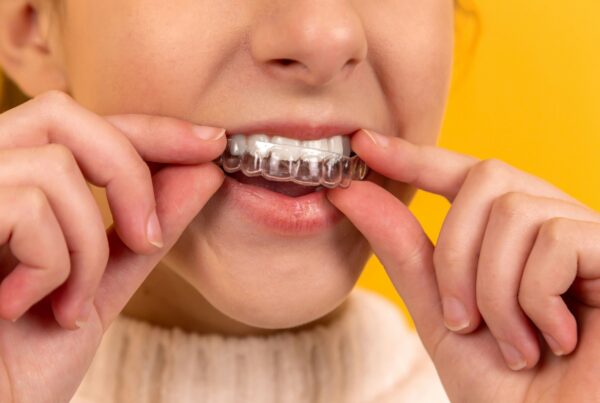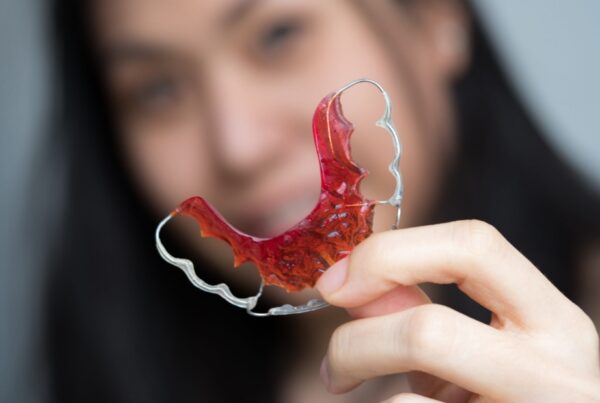Do you need braces? If so, there are several options to choose from. In this post I describe four types of braces we offer at Tōtara Orthodontists.
1: Metal braces
When you think about braces, you’ll more than likely picture those made of metal — they are certainly the most common.
Metal braces are made from high-grade stainless steel and rubber bands are used to attach the wire. Thankfully, these days, metal braces are smaller, more comfortable and nicer looking than in days gone by.
Metal braces now use heat-activated archwires that use your body heat to move your teeth quicker and with less pain.
Pros: Metal braces are the least expensive. The o-rings also come in a variety of colours, which allow children to express their personalities.
Cons: They are the most noticeable of all types of braces.
2: Ceramic braces
Ceramic braces are popular with adults. This is because they are made of translucent material, which is less noticeable. Some come with tooth-coloured wires, which make them even more appealing.
Pros: They are less visible than metal braces and move teeth faster than clear plastic aligners (Invisalign).
Cons: They are also more expensive than metal braces.
3: Invisalign®
Invisalign uses a series of 18 to 30 mouth-guard-like templates (called aligners). These templates are generated by computer simulation and can be removed every two weeks.
The Invisalign system is suitable for adults or teenagers with particular bite problems.
Pros: You can eat and drink what you want. The aligners are clear and almost invisible.
Cons: Invisalign is not effective for serious dental problems. It is a more expensive option and the aligners can get mislaid easily.
4: Self-ligating braces using the Damon System
Traditional braces apply pressure by using o-rings to push your teeth into position. Damon braces, on the other hand, don’t use o-rings or metal-tie wires to hold the arch wires in place. Instead, they use a sliding mechanism. Though your teeth are still forced into position, they can move freely. As a result, you may experience less pain.
Pros: Compact and can be easier to clean. Though debatable, you’ll likely experience less pain.
Cons: They are expensive compared to other types of braces.
Don’t forget about a retainer
Once your braces come off, you still need to wear a retainer. If you don’t, all the progress you’ve made will be wasted as your teeth move out of alignment.
Did you enjoy this post? If so, please share.


